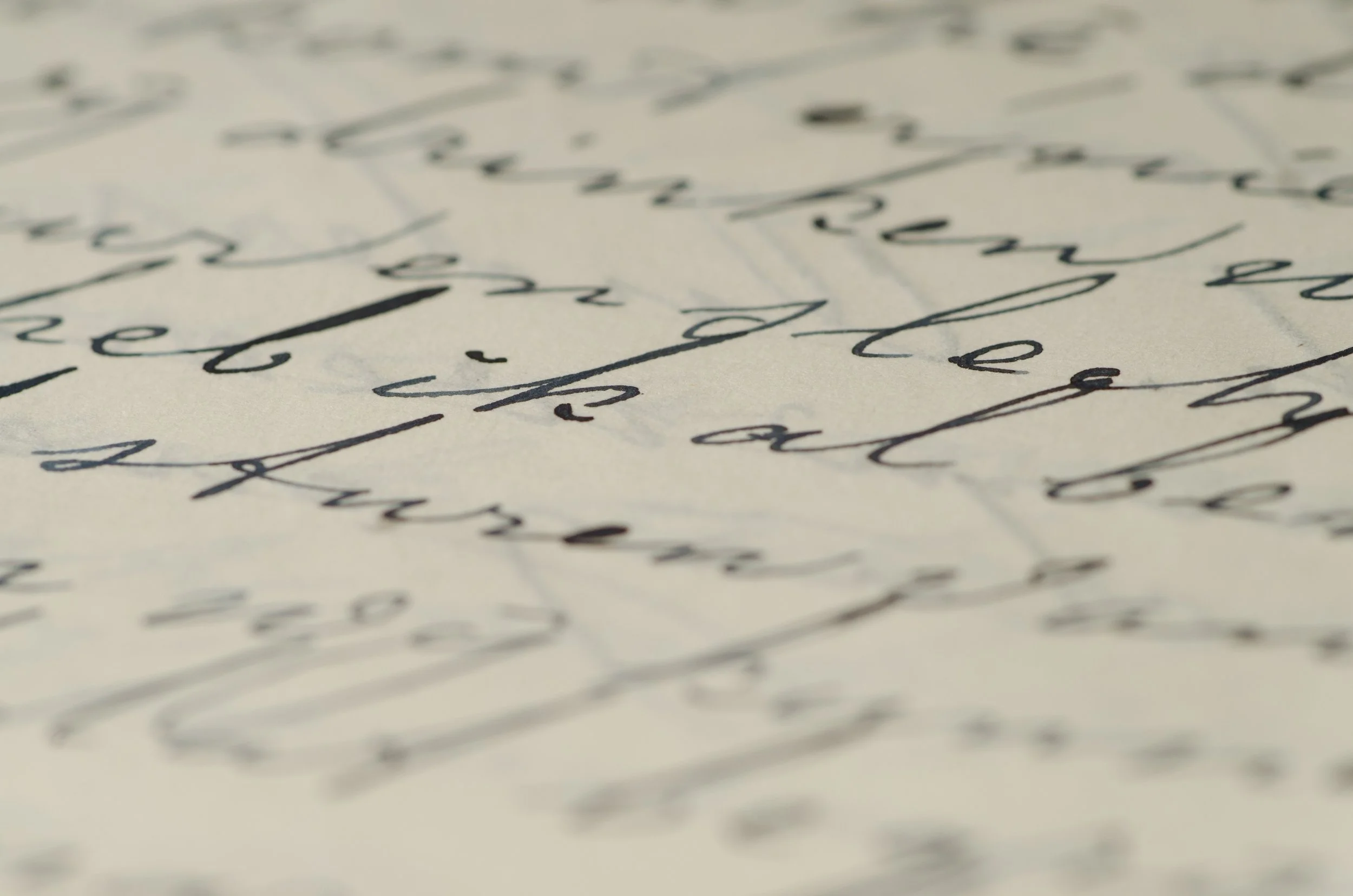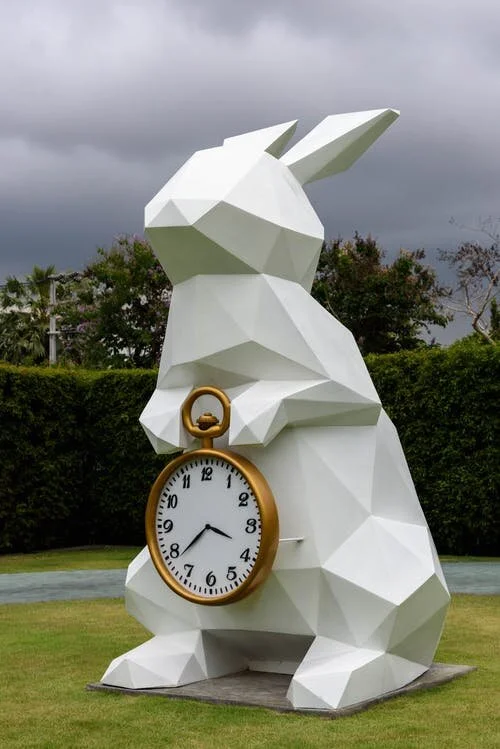I have a litany of topics to write about: memories vs traditions; honey used by my son Will on the parallel bars; skiing with my family and my goal to do it for 50 more years; the end of treatment for breast cancer—April! All of these have been writing themselves for weeks or months.
Then, there’s the more recent story spinning. A point where my favorite poem, “I Wandered Lonely as a Cloud,” mingles with an unexpected lizard bath.
This stanza from Wordsworth’s poem…
“For oft, when on my couch I lie
In vacant or in pensive mood,
They (daffodils) flash upon that inward eye
Which is the bliss of solitude;
And then my heart with pleasure fills,
And dances with the daffodils.”
… meets at a strange point of juxtaposition: The sight of my friend’s white lizard having a gentle soak in her kitchen sink late last fall is as pleasure-filled on my inward eye as the sight of spring daffodils.
But I’m not writing about any of the above topics today.
(Still, this lizard is giving me a strange sense of peace, and it’s a bit perplexing as I’m not a big fan of reptilian or rodent-esque pets. But I’ll accept this most pleasing vision and not ponder why.)
Over the last few weeks, I’ve been researching how to market my book. I’ve decided I need to create new warm audiences. To introduce my book to new markets—that’s the next phase of the Cornfields to Codfish journey.
There is a rather overwhelming abundance of possibilities in how to do this. I’ve prioritized my top three: First, I’ll be sending a copy of my book to small independent bookstores in the Midwest and in New England. Second, the plan includes sending press releases to book reviewers at newspapers in these same markets. Third, I’m spearheading a marketing group within my local writing community, The Room to Write, to create a bit of camaraderie with other recently published authors who may also be scratching their heads wondering, “What now?”
While those are the goals, today I’m thinking about tactics, particularly, book reviews. In all that I’ve been reading, the marketing of books begins with reviews. They form the base of how authors’ books gain legitimacy. Most likely, when book store owners or book reviewers at newspapers receive word of a newly published book, they turn to the Internet and look for reviews. And if someone recommends a book to me, guess what I do? I check out the reviews on Goodreads and Amazon.
Today I’d like to ask for your help in filling my Cornfields to Codfish review piggy bank. I have one review right now—the first building block as been laid! I rarely write reviews after reading books, but knowing now how valuable they are to authors, I’m going to start. But how? I found a good article that I would like to share with you: How to Write a Good Book Review. I’ve received so many wonderful comments and notes from many of you—it would be most appreciated if you would carry these comments over to Goodreads and Amazon!
One thing I find fascinating from feedback is how people have been reading Cornfields to Codfish. One reader said that she “reads one or two, then chews on them for a day or two” before reading more. I think potential readers would like to hear how other readers are “consuming” the essays—all in one weekend or over several days or weeks?
If you’re up for it, I would so appreciate you leaving reviews on Goodreads and/or Amazon for potential new readers to see. Thanks in advance for any reviews you put forth into the virtual world at your fingertips!
Whew, much newness abounds! This week, I’m thankful for the strangely calming vision of the white lizard peacefully sitting like a king in his kitchen-sink bathtub.
:)
Linda

